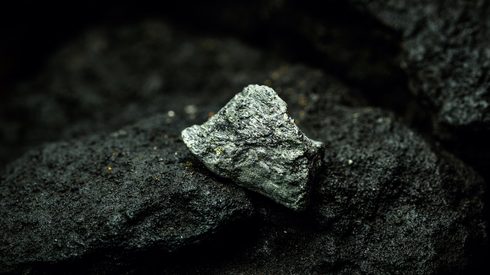South African newswires reported earlier this week that National Union of Metalworkers of South Africa (NUMSA) was calling for a 15% across-the-board wage increase and was threatening strike action.
If a strike goes ahead, it could have a major impact on parts of the ferro-chrome market, given that Samancor is the second largest charge chrome producer in the world. Samancor produces more than 2 million tonnes per year of the alloy and sells more than 500,000 tonnes per year of chrome ore on the export market.
A statement issued by NUMSA on social media on Friday August 12, and seen by Fastmarkets, said it was “on the verge of a strike at Samancor” and that it had “lodged a mutual interest dispute,” which was heard that day by the Metals and Engineering Industries Bargaining Council (MEIBC).
NUMSA, which claims to have a majority of Samancor smelter staff as members, said it was “mobilizing [its] members for a total shutdown” of all company smelters, following the dispute over pay and conditions.
Samancor had reportedly offered a 6% wage increase, which NUMSA has rejected. The union is also calling for “harmonization of remuneration and conditions of employment,” as well as a housing allowance and 100% medical aid contribution.
The union statement said NUMSA “remains open to negotiations.”
Samancor told Fastmarkets that while it was aware of the union statement, “no strike certificate has been issued.”
The company said 79% of its employees were members of the National Union of Mineworkers (NUM), Solidariteit and UASA the Union, and that they had accepted the company’s offer of a wage increase and other benefits. It added that it hoped the “formal processes at both the MEIBC and [the South African Commission for Conciliation, Mediation and Arbitration] will run [their] course.”
The company said it “remains committed to [engaging with the unions] to ensure that all its employees benefit from the wage agreement,” but added that there had been no more developments since the news broke in the local media.
Fastmarkets contacted both NUMSA and MEIBC for further comment, but had received no response at the time of publication.




